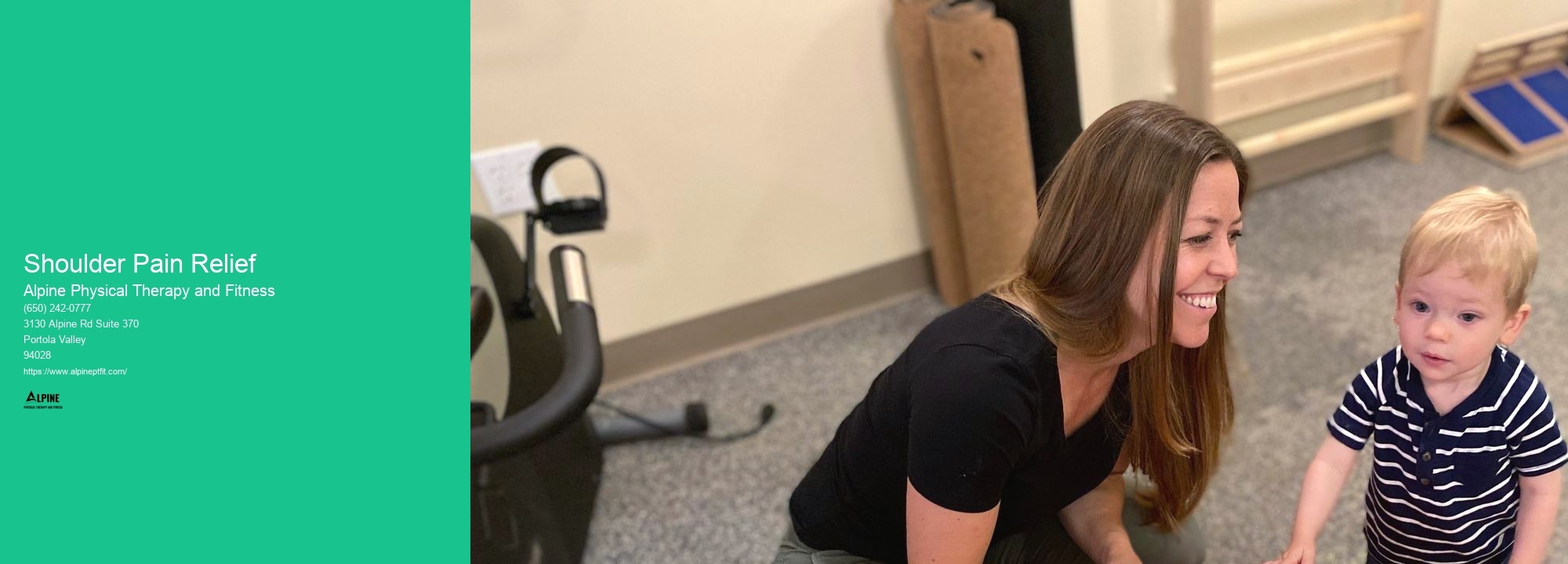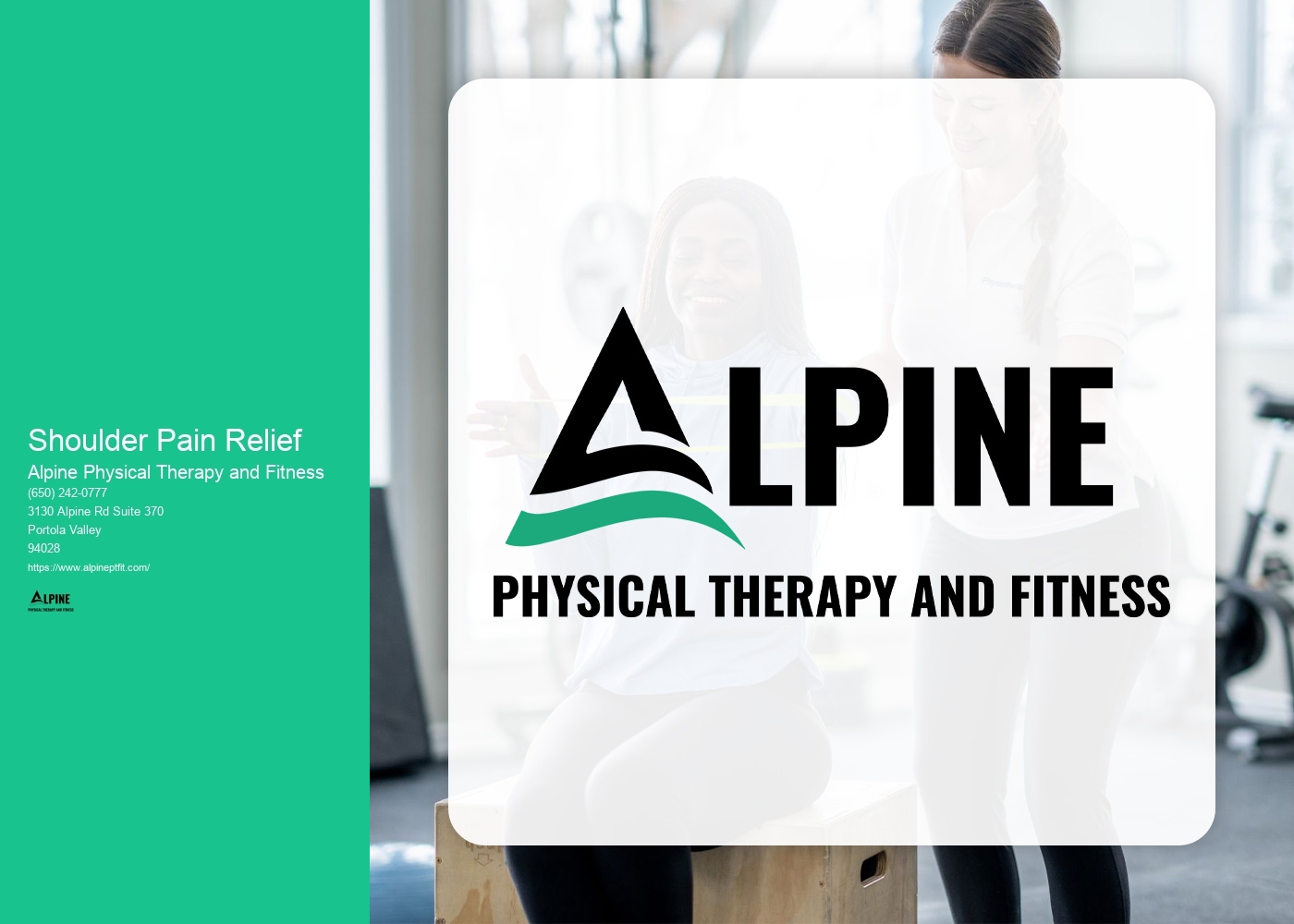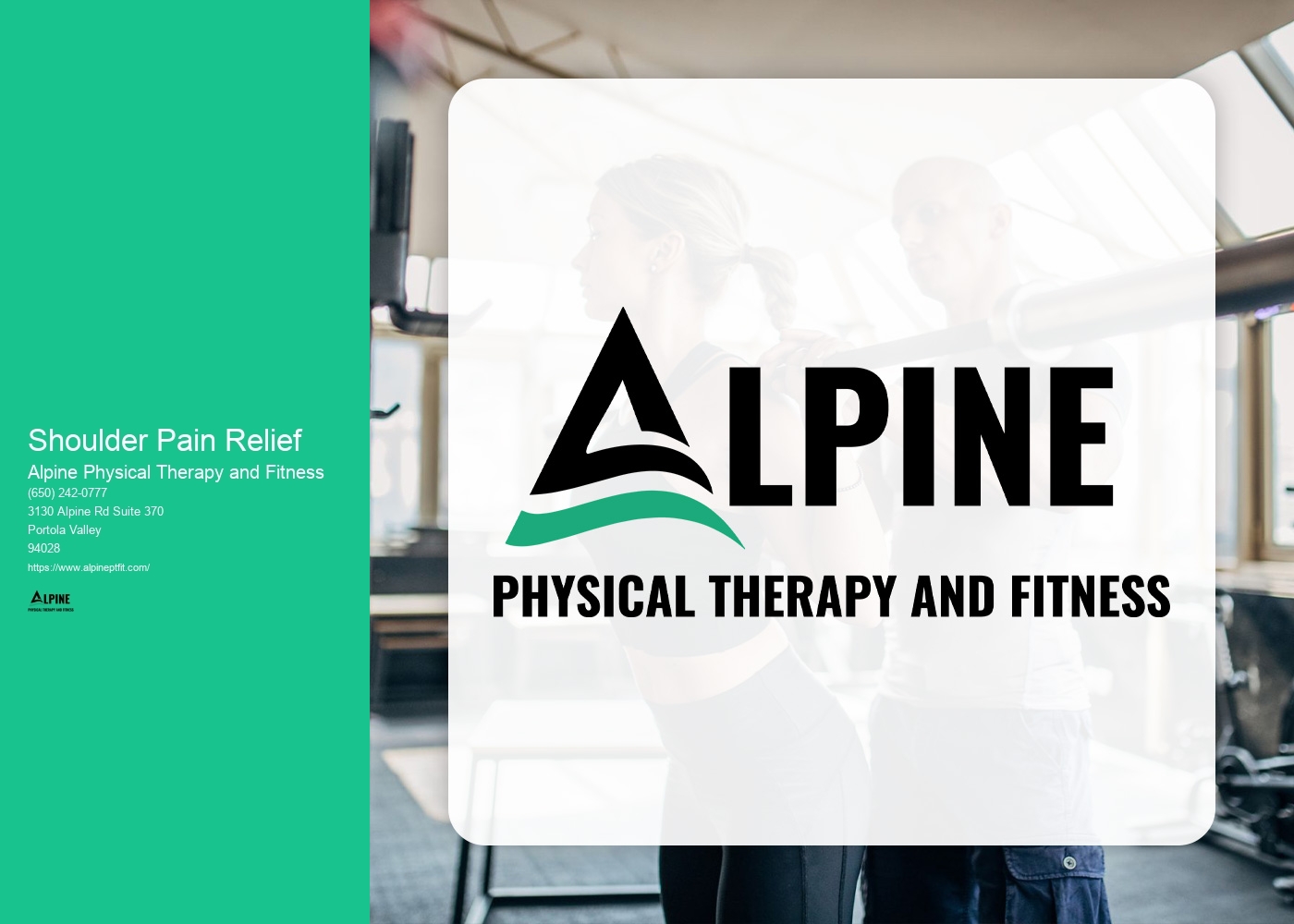

Shoulder pain can have various causes, including injury, overuse, and underlying medical conditions. Common causes of shoulder pain include rotator cuff injuries, frozen shoulder, shoulder impingement, bursitis, tendonitis, arthritis, and shoulder instability. These conditions can result from repetitive motions, poor posture, aging, or trauma to the shoulder joint. It is important to identify the specific cause of shoulder pain in order to determine the most appropriate treatment approach.
Relieving shoulder pain at home can involve several self-care measures. Applying ice packs or heat pads to the affected area can help reduce inflammation and alleviate pain. Resting the shoulder and avoiding activities that worsen the pain is also recommended. Over-the-counter pain medications, such as nonsteroidal anti-inflammatory drugs (NSAIDs), can provide temporary relief. Gentle stretching exercises and maintaining good posture can help improve flexibility and prevent further shoulder pain.
Exercises and stretches can be beneficial for relieving shoulder pain and improving flexibility. Strengthening exercises that target the muscles around the shoulder joint, such as the rotator cuff muscles, can help stabilize the shoulder and reduce pain. Stretching exercises that focus on improving range of motion can also be helpful. Examples of exercises and stretches include shoulder rolls, pendulum exercises, wall push-ups, and doorway stretches. It is important to perform these exercises under the guidance of a healthcare professional to ensure proper technique and avoid further injury.

If shoulder pain persists or worsens despite home remedies, it is advisable to see a doctor. Additionally, seeking medical attention is recommended if the pain is severe, accompanied by swelling or redness, or if there is difficulty moving the shoulder. A doctor can perform a physical examination, order diagnostic tests such as X-rays or MRI scans, and provide a proper diagnosis. They can then recommend appropriate treatment options based on the underlying cause of the shoulder pain.
Non-surgical treatment options for shoulder pain depend on the specific condition causing the pain. These may include physical therapy, which can help improve strength, flexibility, and range of motion in the shoulder. In some cases, corticosteroid injections may be administered to reduce inflammation and relieve pain. Other treatment options may include the use of braces or slings to immobilize the shoulder, as well as the use of nonsteroidal anti-inflammatory drugs (NSAIDs) or other pain medications. The choice of treatment will depend on the severity and underlying cause of the shoulder pain.

Untreated shoulder pain can lead to potential complications. Chronic shoulder pain can result in decreased mobility and function, affecting daily activities and quality of life. It can also lead to muscle imbalances and weakness, increasing the risk of further injury. In some cases, untreated shoulder pain can progress to more serious conditions, such as rotator cuff tears or shoulder joint instability. Therefore, it is important to seek appropriate medical attention and follow recommended treatment plans to prevent complications.
To prevent shoulder pain in the future, there are several lifestyle changes that can be made. Maintaining good posture and avoiding prolonged periods of sitting or standing in one position can help reduce strain on the shoulder joint. Regular exercise, including strength training and stretching, can help improve shoulder stability and flexibility. It is also important to practice proper lifting techniques and avoid repetitive motions that can strain the shoulder. Taking breaks and using ergonomic equipment when performing repetitive tasks can also help prevent shoulder pain. Additionally, maintaining a healthy weight can reduce stress on the shoulder joint and decrease the risk of developing shoulder pain.

Physical therapy is highly effective in treating frozen shoulder, also known as adhesive capsulitis. This condition is characterized by stiffness, pain, and limited range of motion in the shoulder joint. Physical therapy interventions, such as stretching exercises, range of motion exercises, and strengthening exercises, can help improve shoulder mobility and reduce pain. Additionally, modalities like heat therapy, cold therapy, and electrical stimulation may be used to alleviate symptoms and promote healing. The goal of physical therapy is to restore normal shoulder function and improve the patient's quality of life. Research studies have shown that physical therapy is a safe and effective treatment option for frozen shoulder, with many patients experiencing significant improvements in pain and range of motion after completing a course of therapy.
Regular exercise is crucial for preventing falls in the elderly. A combination of strength, balance, and flexibility exercises can help improve muscle tone, coordination, and stability. Strength exercises, such as leg presses and squats, can help build muscle and improve overall stability. Balance exercises, such as standing on one leg or walking heel-to-toe, can help improve balance and reduce the risk of falls. Flexibility exercises, such as stretching and yoga, can help improve range of motion and prevent muscle stiffness. Additionally, activities like tai chi and water aerobics can be particularly beneficial for improving balance and reducing the risk of falls. It is important for elderly individuals to consult with a healthcare professional or a qualified exercise specialist to develop a personalized exercise program that suits their specific needs and abilities.
Gait training is an essential component of rehabilitation for patients with neurological disorders. To ensure the best outcomes, several best practices should be followed. Firstly, it is crucial to conduct a thorough assessment of the patient's gait pattern, including their posture, balance, and coordination. This assessment should be tailored to the specific neurological condition and take into account any associated impairments, such as muscle weakness or spasticity. Secondly, a multidisciplinary approach involving physiotherapists, occupational therapists, and rehabilitation physicians should be adopted to provide comprehensive care. This team can collaborate to develop an individualized treatment plan that addresses the patient's specific needs and goals. Thirdly, the use of assistive devices, such as walkers or canes, should be considered to support the patient's stability and safety during gait training. These devices can help improve balance and reduce the risk of falls. Additionally, incorporating task-specific exercises and functional activities into the training program can enhance the patient's ability to perform daily tasks and improve their overall mobility. Regular reassessment and adjustment of the treatment plan are also essential to ensure ongoing progress and optimize outcomes. By following these best practices, healthcare professionals can effectively support patients with neurological disorders in improving their gait and overall functional abilities.
Physical therapy can be an effective treatment option for individuals suffering from adhesive capsulitis of the shoulder, also known as frozen shoulder. This condition is characterized by pain, stiffness, and limited range of motion in the shoulder joint. Physical therapy interventions such as joint mobilizations, stretching exercises, and strengthening exercises can help improve shoulder mobility, reduce pain, and restore function. Additionally, modalities like heat therapy, cold therapy, and electrical stimulation may be used to alleviate pain and promote healing. The physical therapist will develop a personalized treatment plan based on the individual's specific needs and goals, ensuring a comprehensive and targeted approach to managing adhesive capsulitis.
The Graston Technique is a specialized form of manual therapy that is commonly used in physical therapy to treat a variety of musculoskeletal conditions. This technique utilizes specially designed stainless steel instruments to effectively detect and treat soft tissue restrictions and adhesions. The Graston Technique can be applied to various areas of the body, including the neck, back, shoulders, hips, knees, and ankles. It is particularly effective in addressing conditions such as plantar fasciitis, carpal tunnel syndrome, tennis elbow, rotator cuff injuries, and Achilles tendonitis. By using the Graston Technique, physical therapists are able to effectively break down scar tissue, improve range of motion, reduce pain, and promote tissue healing.
Physical therapy plays a crucial role in managing spinal cord injuries by providing comprehensive rehabilitation and promoting functional recovery. The primary goal of physical therapy is to improve the patient's mobility, strength, and overall physical function. This is achieved through a variety of techniques, including therapeutic exercises, manual therapy, and assistive devices. Physical therapists also focus on addressing secondary complications that may arise from spinal cord injuries, such as muscle weakness, spasticity, and loss of balance. They work closely with the patient to develop personalized treatment plans that target specific impairments and help them regain independence in activities of daily living. Additionally, physical therapy plays a vital role in educating patients and their families about proper body mechanics, injury prevention, and adaptive strategies to enhance their quality of life. Overall, physical therapy is an essential component of the multidisciplinary approach to managing spinal cord injuries, aiming to optimize functional outcomes and promote long-term well-being.